A wheel speed sensor is an essential component in modern vehicles, primarily used for monitoring the rotational speed of the wheels. Here’s a breakdown of its key features, functions, and applications:
Key Features:
- Type:
- Typically includes two main types: ABS (Anti-lock Braking System) sensors and traction control sensors. They can be passive (magnetic) or active (Hall effect).
- Precision Measurement:
- Provides accurate data on the speed of each wheel, enabling various vehicle systems to respond appropriately.
- Durability:
- Designed to withstand harsh environments, including exposure to dirt, moisture, and temperature fluctuations.
- Electrical Output:
- Generates a signal (either analog or digital) that is sent to the vehicle’s control module for processing.
Functions:
- ABS Functionality:
- Helps prevent wheel lock-up during braking by monitoring wheel speed and allowing the braking system to modulate pressure.
- Traction Control:
- Works with traction control systems to prevent wheel spin during acceleration by adjusting engine power or applying brakes to specific wheels.
- Stability Control:
- Provides data to stability control systems, helping maintain vehicle stability during cornering and adverse conditions.
- Speedometer Input:
- In some vehicles, wheel speed sensors contribute to the operation of the speedometer by providing speed data to the dashboard.
Applications:
- Automobiles:
- Used in passenger cars, trucks, and SUVs for ABS, traction control, and stability systems.
- Motorcycles:
- Essential for performance and safety systems.
- Commercial Vehicles:
- Used in trucks and buses to enhance safety and control.
- Off-Road Vehicles:
- Important for maintaining traction and stability on challenging terrains.
Benefits:
- Improved Safety: Enhances braking effectiveness and vehicle control, reducing the risk of accidents.
- Enhanced Performance: Optimizes vehicle performance by managing traction and stability.
- Real-Time Data: Provides immediate feedback to the vehicle’s electronic systems, enabling quick adjustments.
Maintenance:
- Regular Checks: It’s important to periodically inspect wheel speed sensors for dirt or damage, as failure can lead to malfunctioning ABS or traction control systems.
- Replacement: If a sensor fails, it can trigger warning lights on the dashboard and may require prompt replacement to ensure optimal vehicle safety and performance.

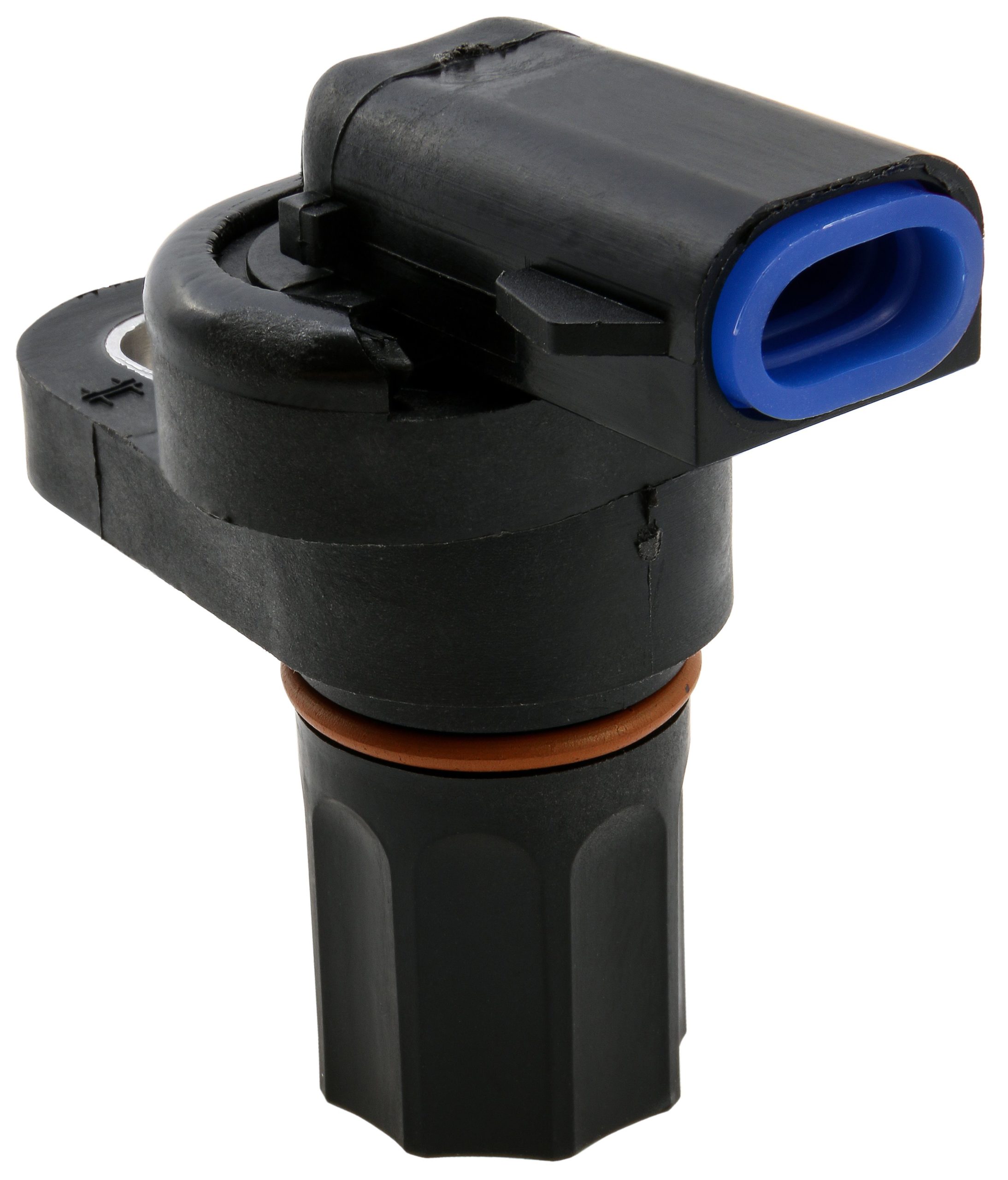
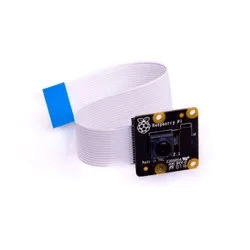
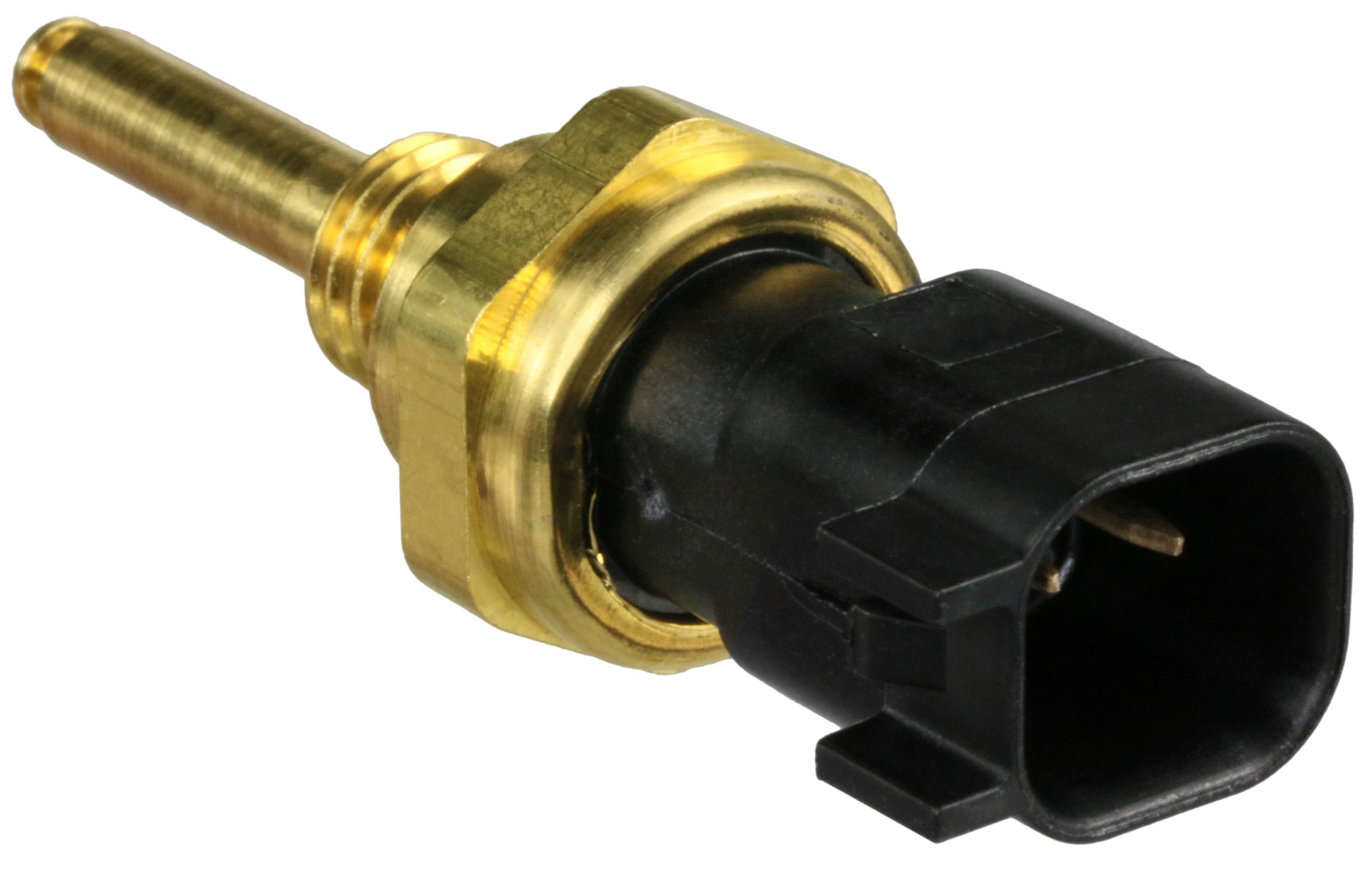
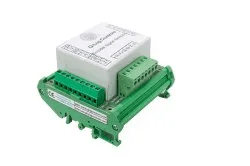
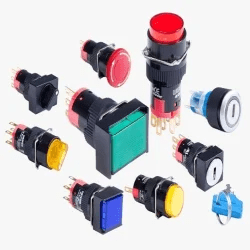
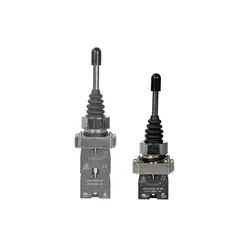

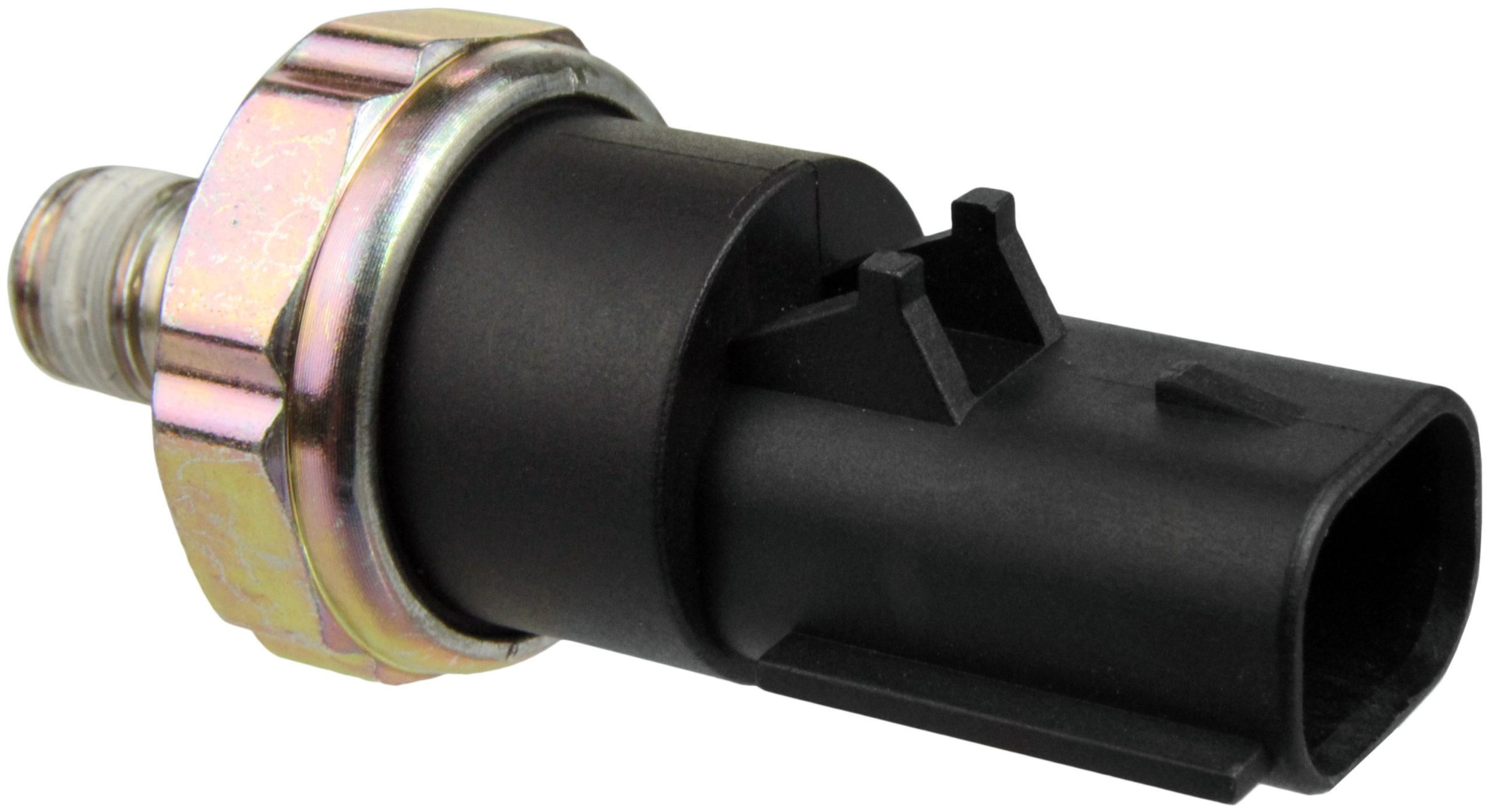
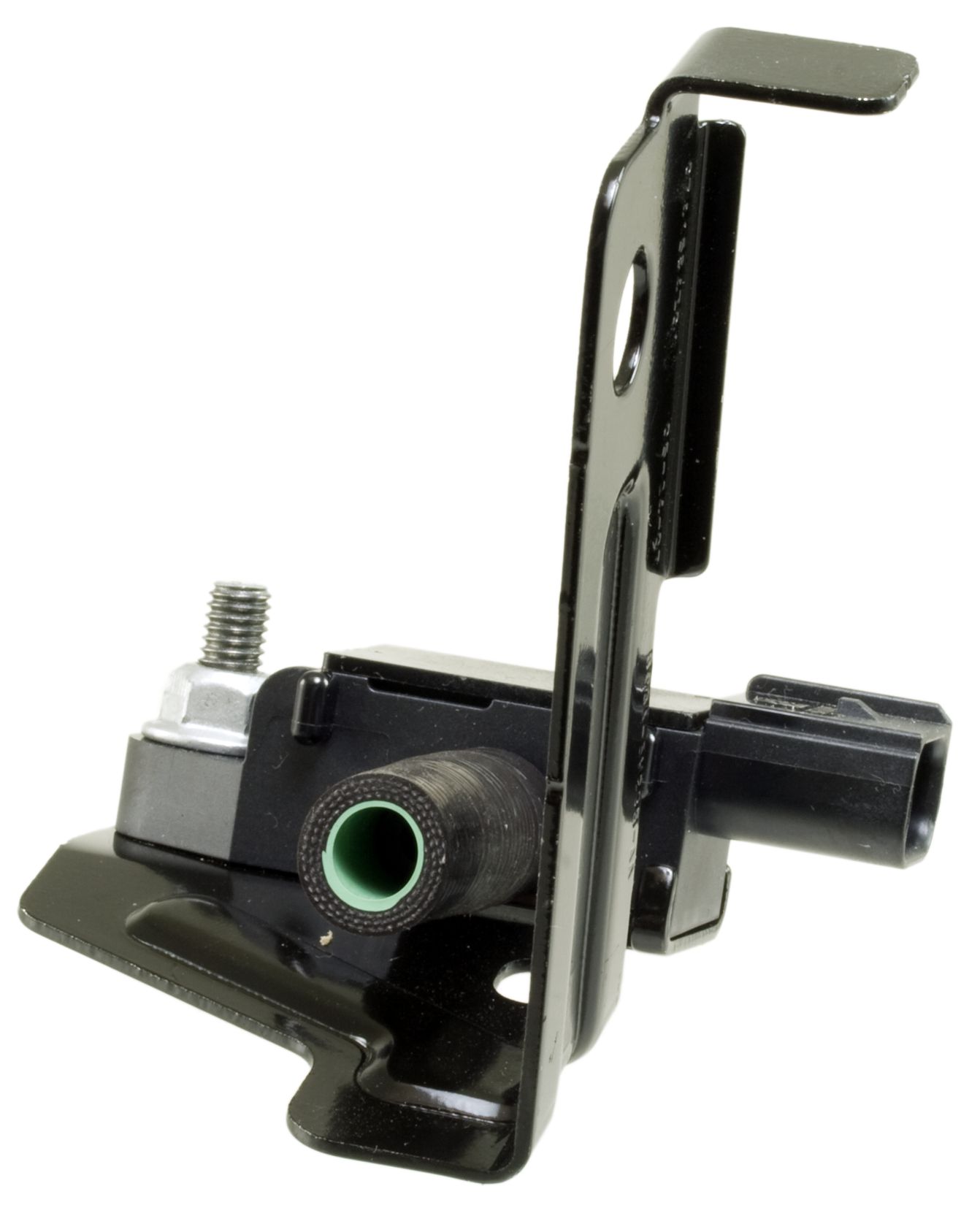
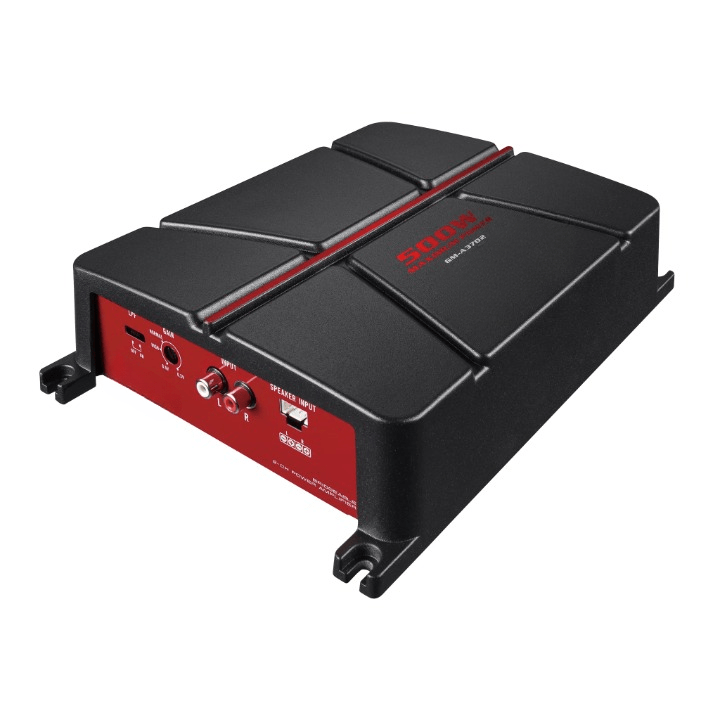
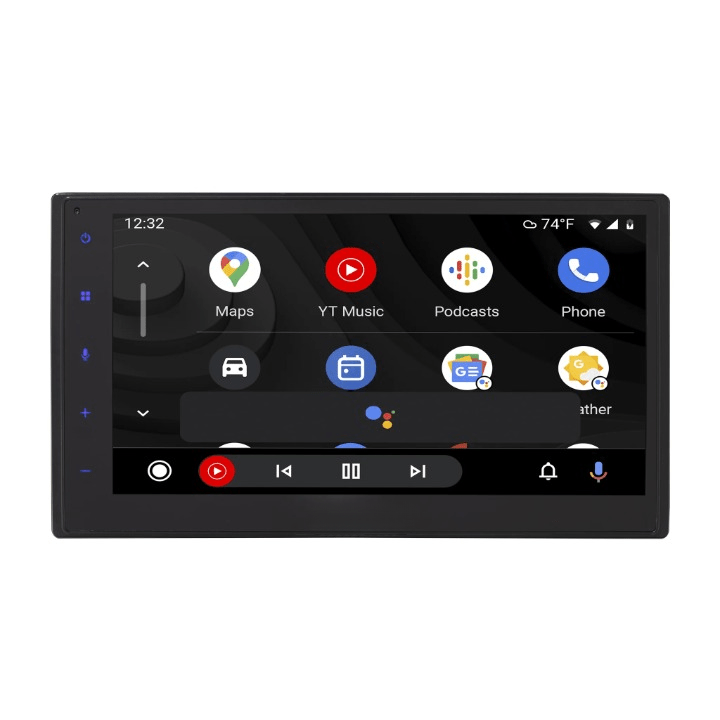

There are no reviews yet.